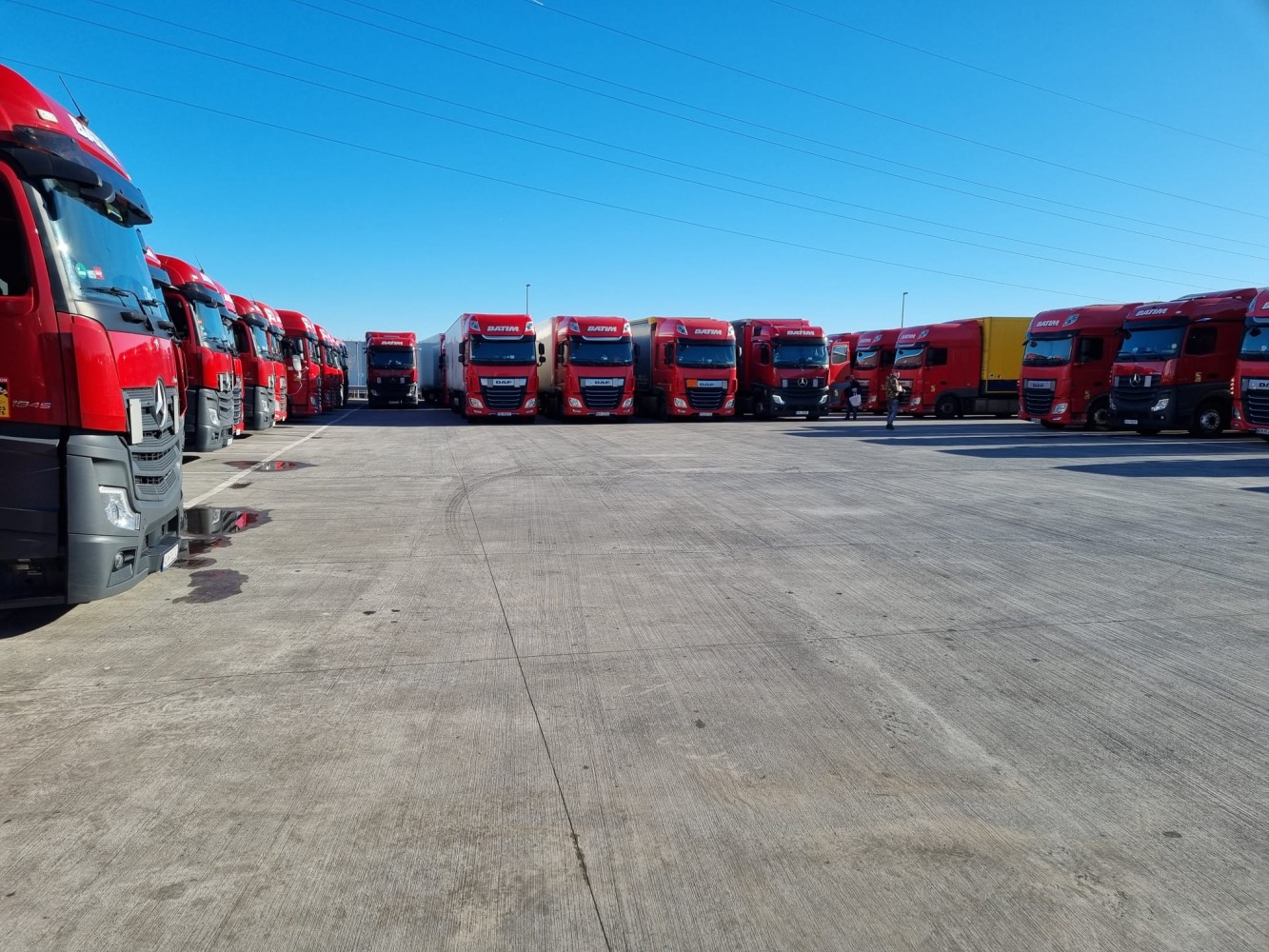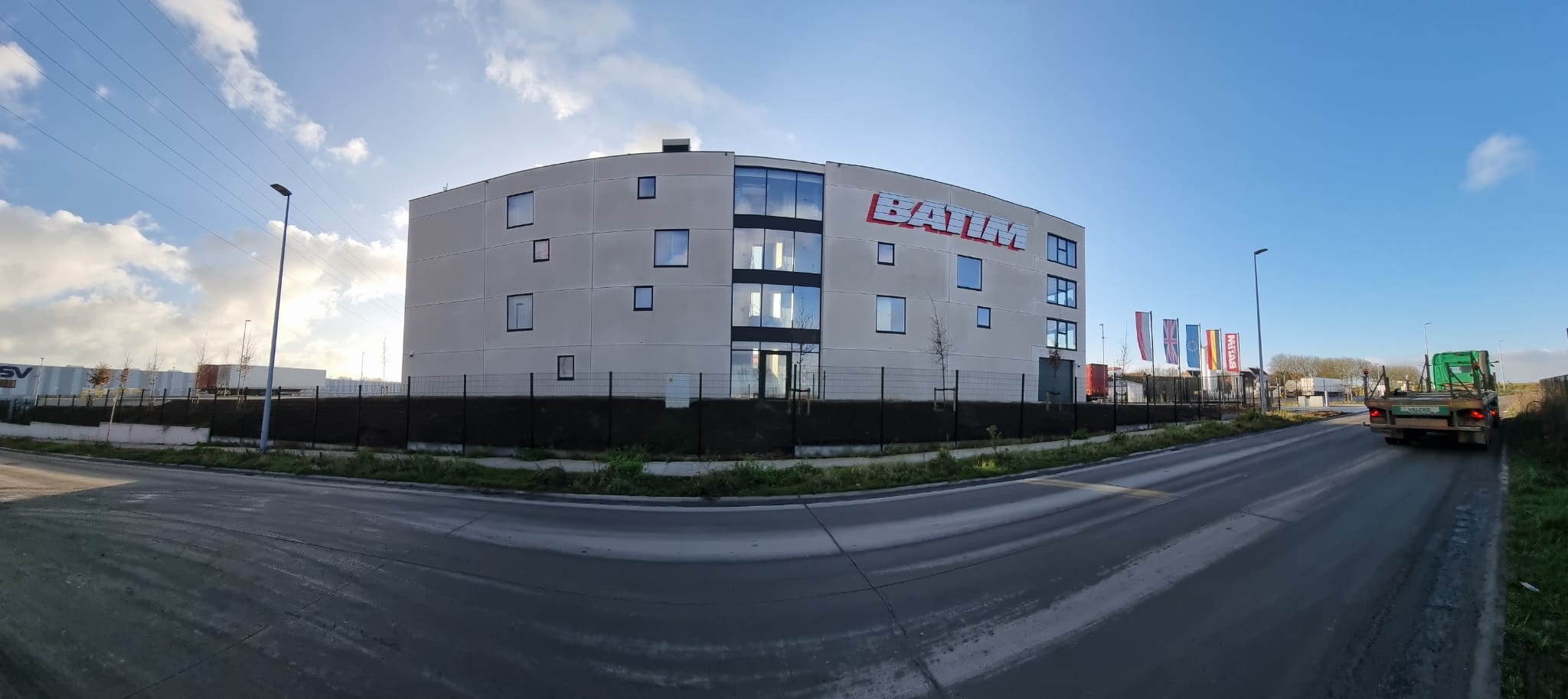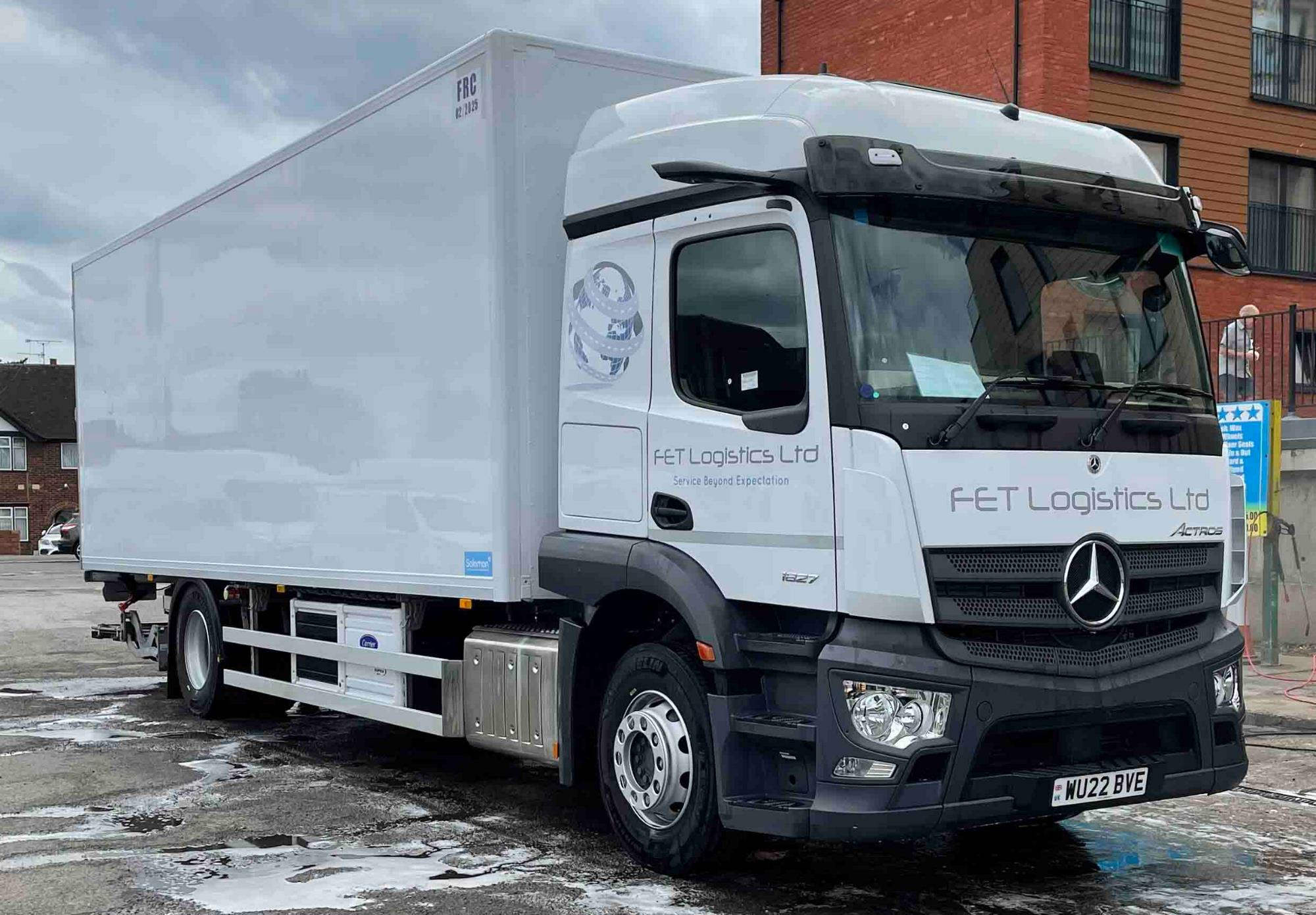
Susie Jones
"Batim International Transport & Spedition" SNAP kelionė
Sukurta: 19-02-2025
•
Atnaujinta: 19-02-2025
1995 m. įkurta bendrovė "Batim International Transport" teikia transporto ir krovinių ekspedijavimo paslaugas visoje Europoje. Įmonė didžiuojasi puikia kokybe ir moderniu automobilių parku, kurį sudaro SCANIA ir "Mercedes" transporto priemonės.
Bendrovės būstinė yra Stary Sącz mieste, Lenkijoje, tačiau augimas jai nėra svetimas. Savo veiklos pradžioje "Batim" pradėjo nuo dviejų traktorių, o dabar jų turi daugiau kaip 500.
Per šį trumpą laiką įmonė gavo daugybę akreditacijų ir sertifikatų, įskaitant 2014 m. geriausio metų darbdavio titulą ir žurnalo "Forbes" pripažinimą 2015 m. Plėsdama įmonės automobilių parką ir tobulindama paslaugas, įmonė nuolat siekia augimo.
Bendrovė "Batim International" prisijungė prie SNAP pačioje pradžioje ir toliau naudojasi SNAP paskyra, kad rezervuotų automobilių stovėjimo vietas savo dideliam automobilių parkui visoje Europoje. Kalbėjomės su operacijų vadovu Krzysztofu, kuris papasakojo apie įmonės patirtį su SNAP.
SNAP nauda transporto parkams
SNAP suteikia automobilių parkams daugiau nei 450 paslaugų partnerių visoje Europoje, kur jie gali naudotis mūsų mokėjimo už automobilių parkus sprendimu. "Prie SNAP prisijungėme dėl to, kad negalime atlikti operacijų grynaisiais pinigais", - aiškina Krzysztofas.
Tai naudinga daugeliui transporto parkų, nes SNAP yra mokėjimo sprendimas, leidžiantis už sunkvežimių paslaugas mokėti be grynųjų pinigų ar kortelės. Šis mokėjimo sprendimas gali būti naudojamas tokioms paslaugoms kaip sunkvežimių plovimas, Dartfordo pervaža ir sunkvežimių stovėjimo aikštelė. Kšyštofas teigia, kad pastaroji paslauga buvo ypač naudinga.
"SNAP man buvo naudinga, nes suteikė galimybę užsisakyti automobilių stovėjimo aikštelę, kad nereikėtų rūpintis, kur laikyti vairuotoją."

Galimybė ieškoti sunkvežimių sustojimo paslaugų partnerio per SNAP taip pat buvo Kšyštofo privalumas. Jis aiškina, kad "galimybė patikrinti ir rasti visą išsamią informaciją apie daugelį sunkvežimių sustojimo vietų įvairiose šalyse ir įsitikinti, kad ten yra viskas, ko reikia konkrečiam kroviniui ir vairuotojams skirtoms priemonėms", jam buvo viena iš naudingiausių funkcijų.
Be to, SNAP teikia didžiulę naudą "Batim" vairuotojams. Kšyštofo vairuotojų parkas gali būti ramus, žinodamas, kad turi didelį sunkvežimių stovėjimo aikštelių ir aikštelių tinklą, iš kurio gali rinktis. Kšyštofas sako, kad SNAP "didelis sunkvežimių stovėjimo aikštelių tinklas" yra neįkainojamas.
Daugelis įmonių visame žemyne padidino savo pajamas naudodamosi mūsų automobilių stovėjimo aikštelių schema. Pagal šią schemą transporto priemonių parkai gali pasiūlyti savo automobilių stovėjimo aikštelių vietas tinklui ir papildomai užsidirbti pinigų, padėdami vairuotojams išvengti pažeidžiamų stovėjimo aikštelių ir pramoninių rajonų. Prie šios schemos prisijungusi "Batim International" su savo depu Belgijoje padeda mažinti automobilių stovėjimo aikštelių trūkumą Europoje. Ši aikštelė siūlo 20 vietų kitiems vairuotojams, kai jų sunkvežimiai yra kelyje.
SNAP paslaugų partnerių poveikis vairuotojų gerovei
Vairuotojų gerovė yra karšta diskusijų tema sunkvežimių bendruomenėje. Kadangi profesija reikalauja daug pastangų, nesunku suprasti, kaip ilgos darbo valandos, socialinė izoliacija ir nejudrus gyvenimo būdas gali paveikti psichinę sveikatą.
Transporto parkai privalo rūpintis savo vairuotojų gerove. Tačiau sunkvežimių stotelės taip pat gali turėti didelį poveikį. Automobilių stovėjimo aikštelės ir sunkvežimių sustojimo aikštelės su pagrindiniais patogumais gali gerokai pagerinti vairuotojų savijautą. Kšyštofas ir komanda mano, kad tai yra labai svarbu daugiau nei 800 vairuotojų turinčiam jų transporto parkui.
Paklaustas, ką sunkvežimių stotelės gali padaryti, kad padėtų vairuotojams užtikrinti gerą savijautą, Kšyštofas teigia: "Vairuotojams daugiausia reikia švaraus dušo ir tualeto." Daugeliui atrodo, kad tai paprastas sprendimas, tačiau jo poveikis vairuotojo patirčiai yra didelis.

Klientų aptarnavimas su SNAP
SNAP didžiuojasi tuo, kad teikia pagalbą automobilių parkams ir vairuotojams, kurios reikia, kad jie galėtų dirbti efektyviai ir veiksmingai. Mūsų patyrusi klientų aptarnavimo ir sąskaitų valdymo komanda padeda automobilių parkams ir vairuotojams spręsti visus klausimus. Kažkas, ką Krzysztofas ir komanda laiko naudingu.
"Kreipėmės į SNAP klientų aptarnavimo komandą - tiek el. paštu, tiek telefonu. Visada sulaukdavome individualaus požiūrio į atskirą atvejį, supratimo ir geranoriškumo iš SNAP darbuotojų, kurie stengėsi padėti kiek įmanoma", - pasakoja Krzysztofas.
Užregistruokite savo transporto priemonių parką SNAP šiandien
Mūsų parko mokėjimo sprendimas kas 13 sekundžių naudojamas visame žemyne atsiskaitant už sunkvežimių paslaugas. Apsilankykite svetainėje snapacc.com ir prisijunkite prie daugiau nei 7 000 automobilių parkų, naudojančių SNAP sąskaitą kaip "viskas viename" automobilių parko mokėjimo sprendimą.



